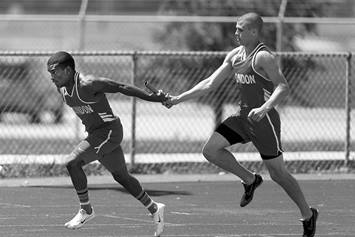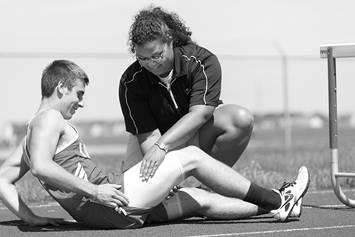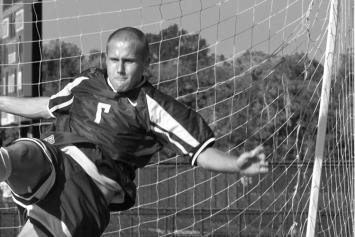Strains
A strain is an injury to a muscle or tendon: the tough, fibrous tissues that connect muscle to bone.
What Is a Strain?
A strain is an injury to a muscle or tendon, the tough fibrous tissues that connects muscle to bone. The injury is caused by overstretching of the muscle. A strain is also often called a “pulled muscle.”
What Are the Different Types of Strains?
Strains are classified into three grades:
- Grade I strains occur when the muscle is overstretched but no damage or tearing of the muscle occurs.
- Grade II strains result when there is some damage to the muscle from partial tearing of fibers of the muscle or tendon. Muscle spasms can often occur with this type of strain.
- Grade III strains result from complete tearing of the muscle or tendon.
What Are the Signs and Symptoms of a Strain?
Immediate pain at the site of the strain is most common. The pain is often worsened when trying to move affected area. It may be difficult to put weight through the affected arm or leg. After initial injury, continued pain, stiffness, soreness, spasms, bruising and swelling of the area is common.
How Is a Strain Diagnosed?
Strains are diagnosed based on history of the injury and physical examination. Your health care provider may order an x-ray to rule out any damage to a bone from injury. An MRI, or magnetic resonance imaging, may be ordered by your health care provider if significant damage to a muscle or tendon is suspected.
How Are Strains Treated?
Most often a strain can be easily treated with the P.R.I.C.E. method. Protection of the affected area with padding will prevent pain caused by bumping the affected muscle. The area should be rested to avoid repeated injury and allow the muscle or tendon to heal. Ice should be placed over the affected area for 20 minute intervals several times throughout the day for the first 72 hours after injury to reduce pain and swelling. After the initial 72 hours, heat may be used. Compressing of the area by wrapping the muscle in an ace wrap and elevating the affected area above the level of the heart will also help decrease pain and inflammation caused by injury.
Strains often recover rapidly without any further treatment. In most cases, return to normal function is usually rapid and without complication. Occasionally if significant damage to the muscle occurs, rehabilitation with physical therapy to restore range of motion and strength or even more invasive treatment, such as surgery, may be required.



